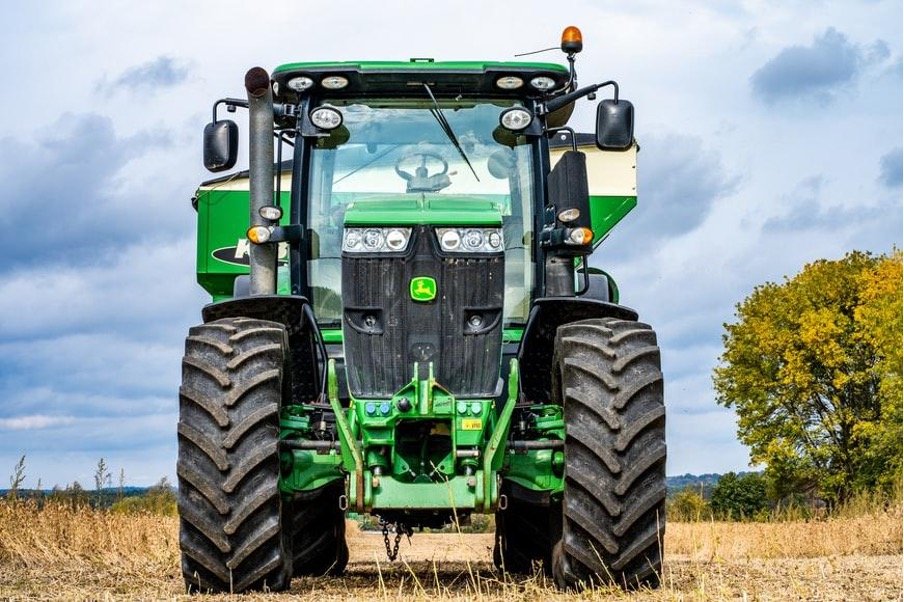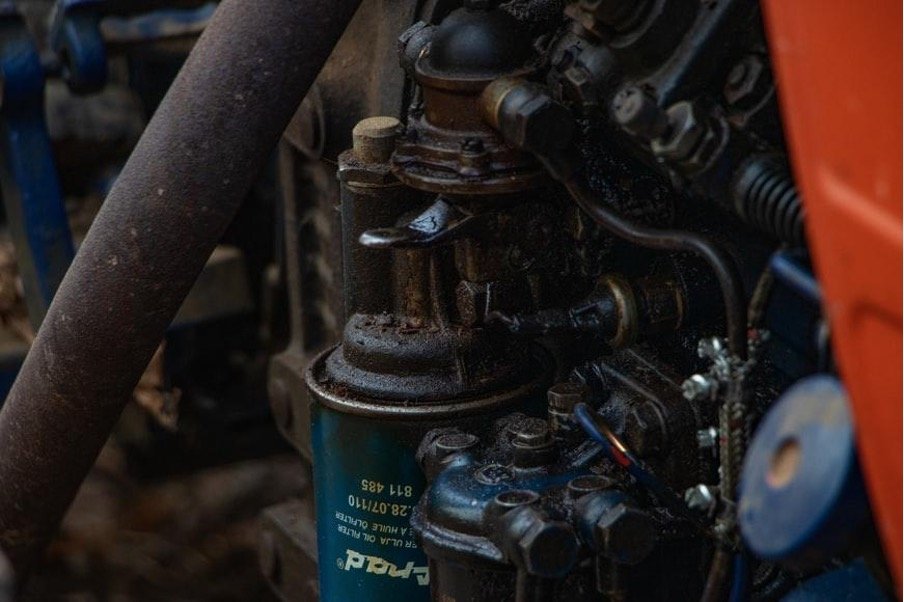Tractor engine specs are rather confusing. Is the rated or maximum power more important? What are six-point fuel tests all about? This mumbo-jumbo can make your head spin. In this article, we will explain the key characteristics of engines for farm machinery.

Different Power Standards
The full specs for all popular models are found in the https://www.wersis.net/ catalog. Note that European and ISO global norms vary. Some require different ancillaries, others consider only the gross torque without deductions. The power specs usually include:
- Rated Power
This is the amount of power generated when the crankshaft is spinning at its fastest speed. It appears at the maximum rated engine speed on the torque curve.
2. Maximum Power
This is the highest power your engine can achieve regardless of speed. It may be equal to the rated power or different. In the first case, the rated speed corresponds to the peak of the curve. The second case is most typical for tractors, as the peak precedes the rate of speed, occurring 100 to 300rpm below it.
3. Boosted Power
Applicable to some models, boosted power refers to the second programmed torque curve. This measurement is relatively new, and it is used with two or more programmed torque curves. This gives engines more power when it is safe to do so. Usually, the one with the higher power or torque is only accessible during high-speed work or running the PTO.
Net Torque
This figure gives a good idea of the flywheel performance in real life, as it considers frictional losses in the engine. To make their models look better, some manufacturers focus on other measurements, such as the top parent torque curve. Make sure the figures you compare belong to the same standards.
The Parent Torque Curve
When manufacturers are designing new engines, they begin by plotting the ideal torque curve, which determines the highest engine performance. Subsequently, around 20 other versions may be programmed to consider the eco-mode or limitations of different components. Each graph must be certified and emissions tested. It includes two key attributes — peak torque and torque rise.
The latter is calculated by deducting the torque at rated power from peak torque. It shows the rate of torque increase when the engine slows down. The optimal result is 35-40%.
Low-end Torque
This indicator is particularly important for road works and loading. It expresses the force of the engine at tickover speed — the baseline torque rate. The measurement shows how easy it is for the tractor to pull away from a standstill.

Fuel Consumption
The DLG testing station gives stats for most tractors, so you can compare their efficiency at different speed and load points. The g/kWh indicator shows consumption at relatively constant speed. Consumption at six steady points is referred to as the six-point load test. It is a good basis to work from.



